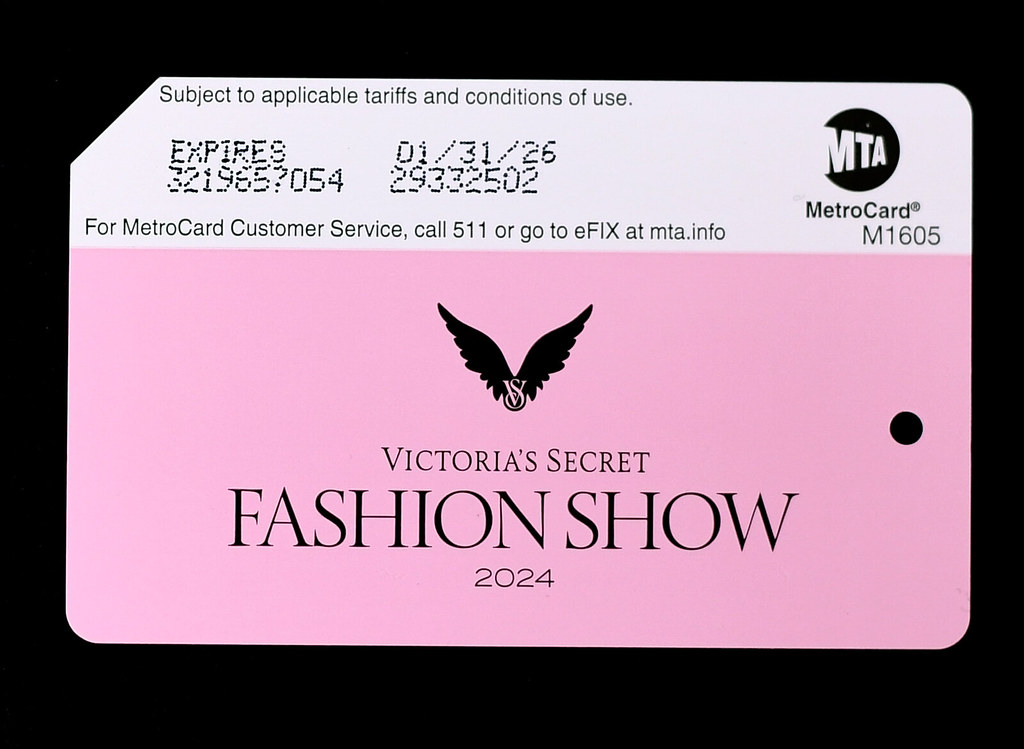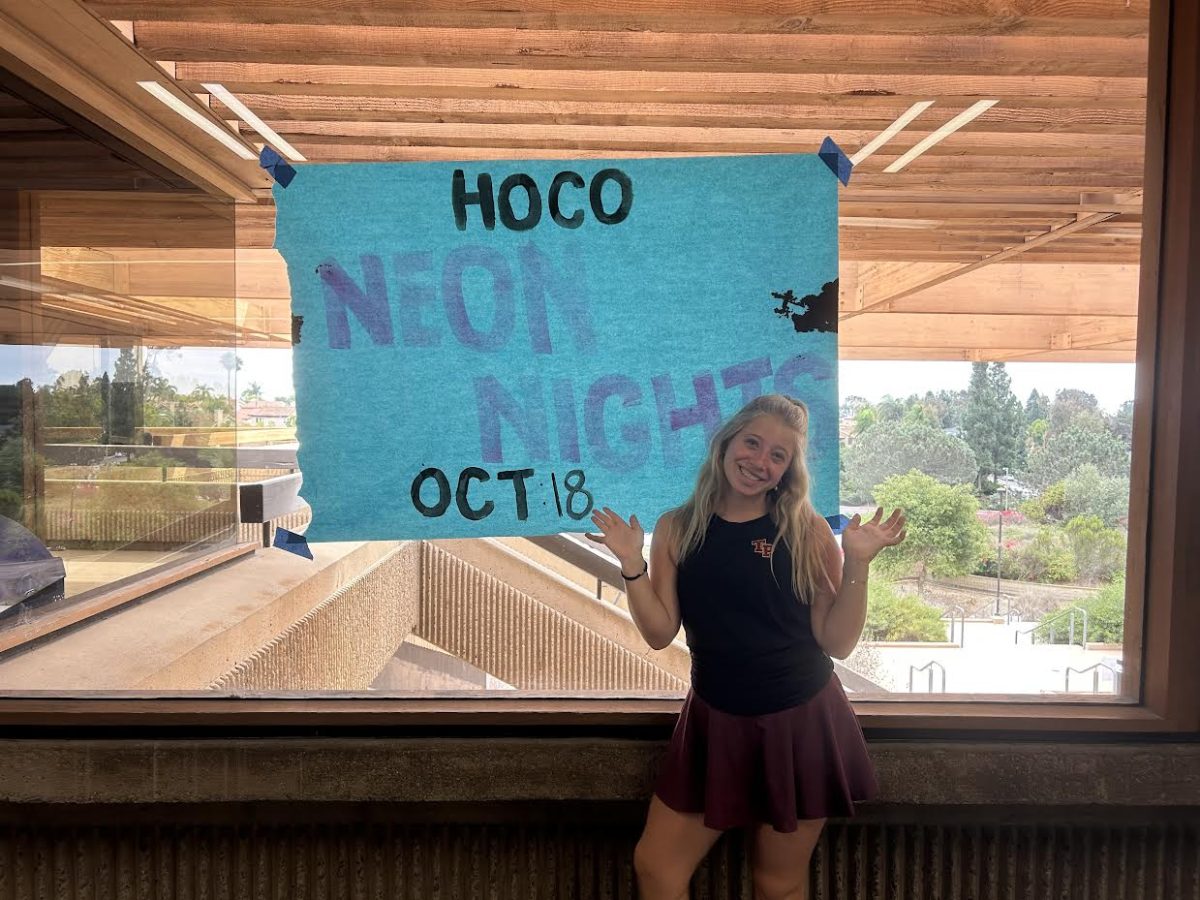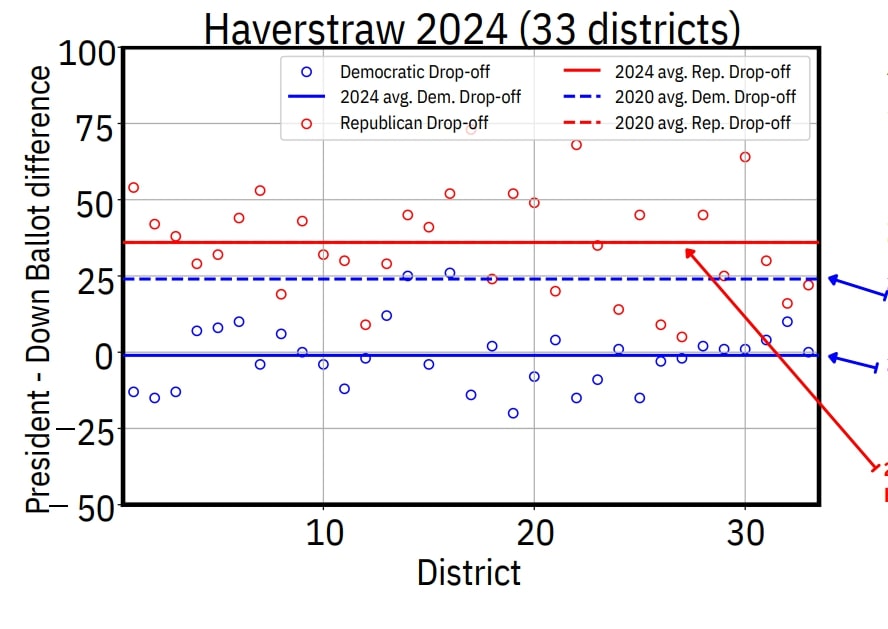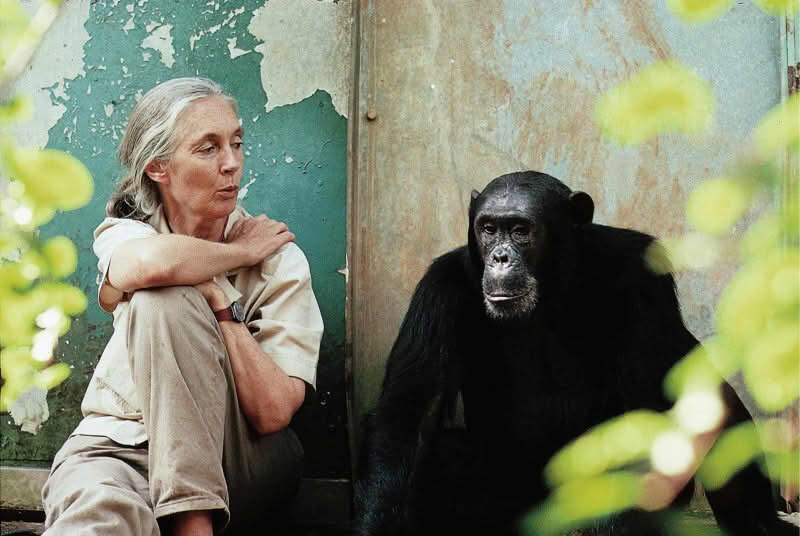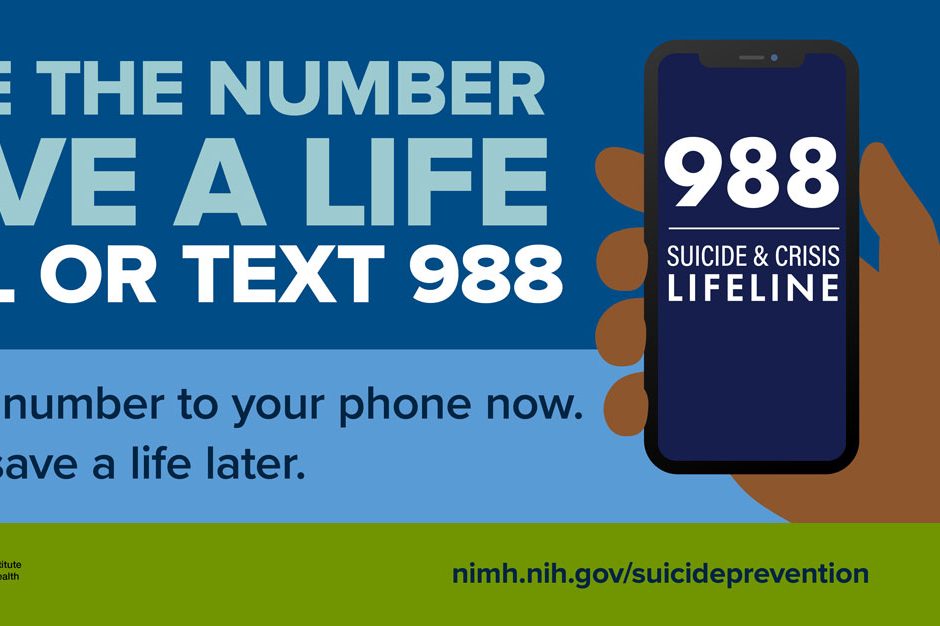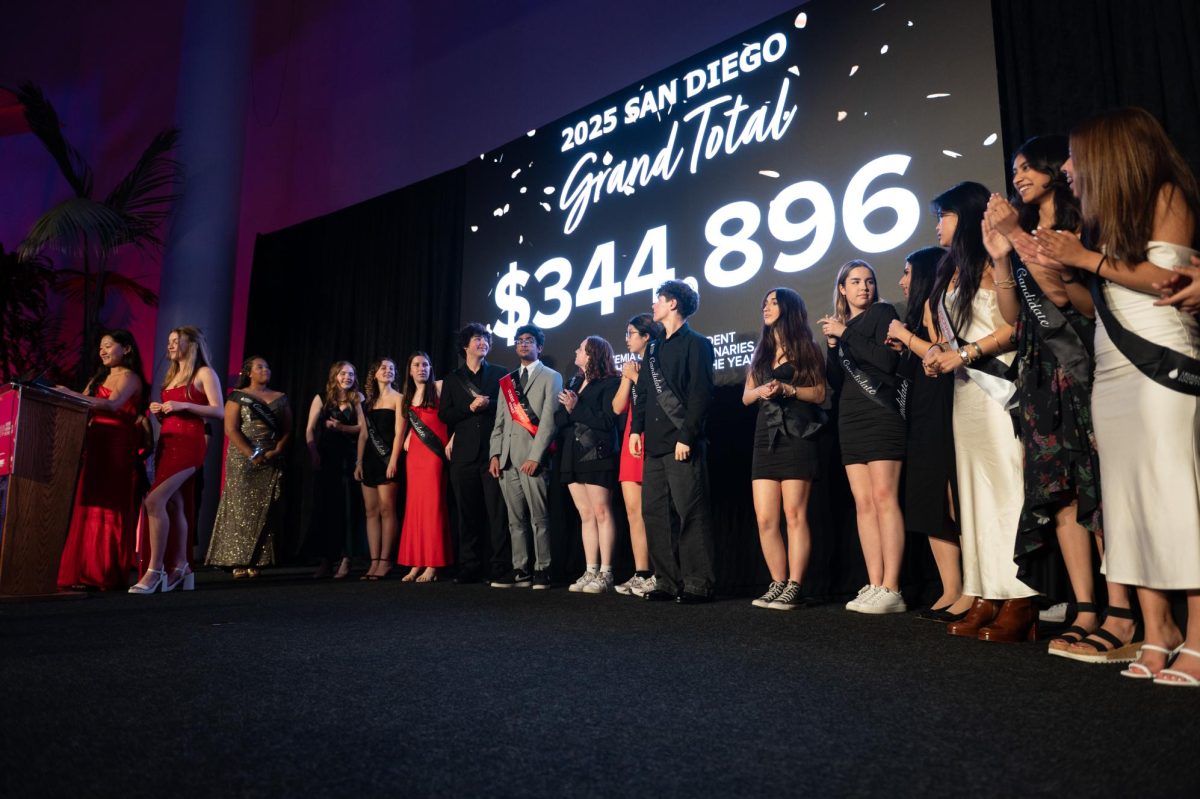The annual Victoria’s Secret Fashion Show was held on Oct. 15 in New York City for the first time since a six-year hiatus.
The show featured various models, Victoria’s Secret Angels, on its runway, as well as an all-female lineup of performances, including South African singer Tyla and Thai rapper and singer Lisa. Women of different body types and ages along with individuals who identify as transgender were spotlighted at the show, as the company as a whole supposedly put an end to their past controversies.
“From what I heard, the models seemed confident in what they were wearing and generally happy about [being in the 2024 show], although how the public perceived and took in their actions is a different story,” Taylor Faassen (11) said.
In 2019, Victoria’s Secret canceled its annual fashion show due to backlash from companies, fans and celebrities for the brand’s alleged disrespect toward women and the LGBTQ+ community, as well as “an entrenched culture of misogyny, bullying and harassment,” according to the New York Times. The show’s decision to cancel was finalized after criticism escalated under the #MeToo movement, a hashtag used to raise awareness about sexual abuse and rape.
After failing sales, in August 2021, the Victoria’s Secret spokeswoman, Paloma Elsesser, promised inclusivity and that the brand would become one of empowerment for women, now showcasing 10 women of different body types, ages and cultures as the new faces. Unlike the previous models, these women were not fitted with sparkly push-up bras and lacy thongs, weighed down by 30-pound bedazzled wings (which were considered contributors to a culture where “men in power saw young women as playthings to do with what they desired”), but instead, “looking super comfortable in simple silk bras and panties,” according to the New York Times.
However, some thought that these main changes took away from the company’s creativity and uniqueness as a whole. A controversy erupted whether the wings and bedazzled lacy underwear will make the women inherently more confident and attractive, or if inclusivity still promotes objectification regardless of who wears the garment. The models previous to the rebranding of the show were notorious for their slim, tall and “perfect” bodies.
Recently, the culture within the company seems to have slightly changed, as more women, such as Paloma Elsesser, have been taking charge; nevertheless, whether that vision is mutual with the public remains questionable.
“With my understanding of the fashion show and what went down, it didn’t really seem to be helping the case of how Victoria’s Secret was not empowering women so much, and if anything, did the opposite,” Faassen said.
The show was held the same week that more than 100 female politicians from around the world gathered in the House of Commons in Britain to commemorate women’s suffrage. In addition to this, an unprecedented number of women of all races, ages and sizes were elected to Congress, which is considered by some as intentional timing as part of their tactic in appealing towards the public of their rebrandment.
Still, to some, the attempted step forward seemed more of a mere limp.
“The diversity within the fashion show seems really good, although maybe a little insincere,” Hardiman said. “The insanely large wings and what looked like very uncomfortable and cheap wigs made the models look like they were ready to be seen by everyone else, instead of doing the show for themselves and their own self-respect.”
According to the New York Times, “For models, landing a spot as an “Angel” all but guaranteed international stardom.” Much to say, the show proved to hold much more inclusivity — featured on the runway were transgender individuals, diverse body types and a larger range of ages.
“Whatever the motive, seeing diversity in the modeling industry, in general, was inspiring and empowering to all women,” Hardiman said.
However, the revamped show seems to remain controversial among a multitude of angles: Should the show have even been brought back in the first place? Does the show still exhibit the same problems?
“I like that the show has been brought back because it’s interesting to watch, but when thinking about all of the problems and controversy that come with it, I just don’t know if it’s worth it,” Faassen said.
It is clear that the existence of the Victoria’s Secret Fashion Show poses one big question: Has the rebranding of the Victoria’s Secret Fashion Show worked and effectively empowered the women who strut the stage, or is it a plea for male validation, from existing models and superstars, or even the brand itself? The “changes” the brand made seemed to have failed to gain public approval, and serious controversy remains about the unsolved issues.
“I can’t really think of that many other changes [that can be made] other than their public respect for everyone, which should have already been a given,” Faassen said.


